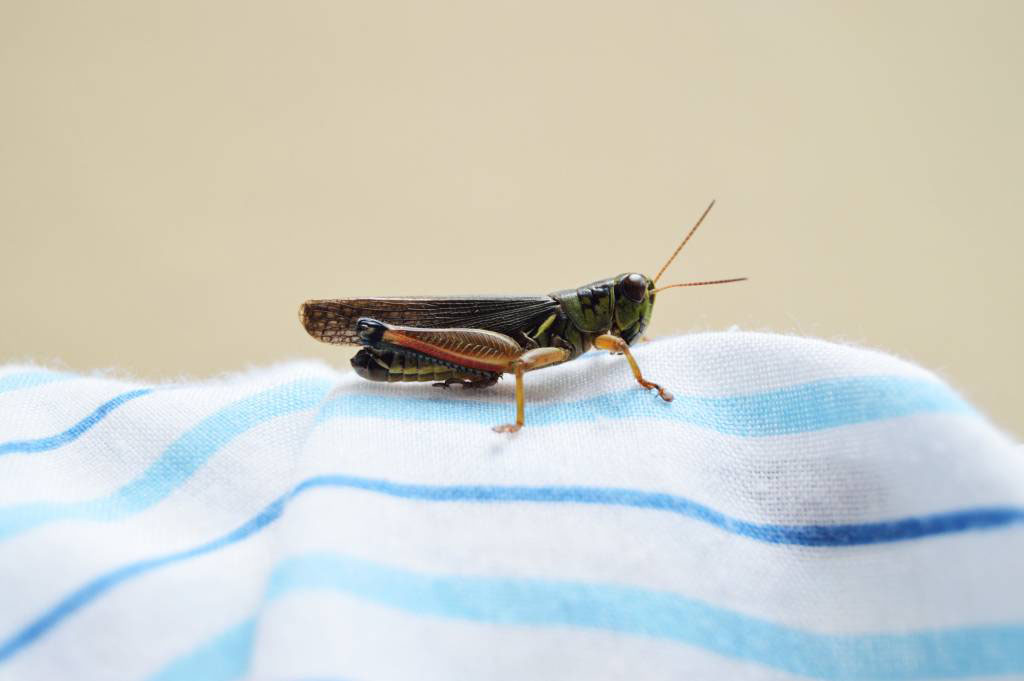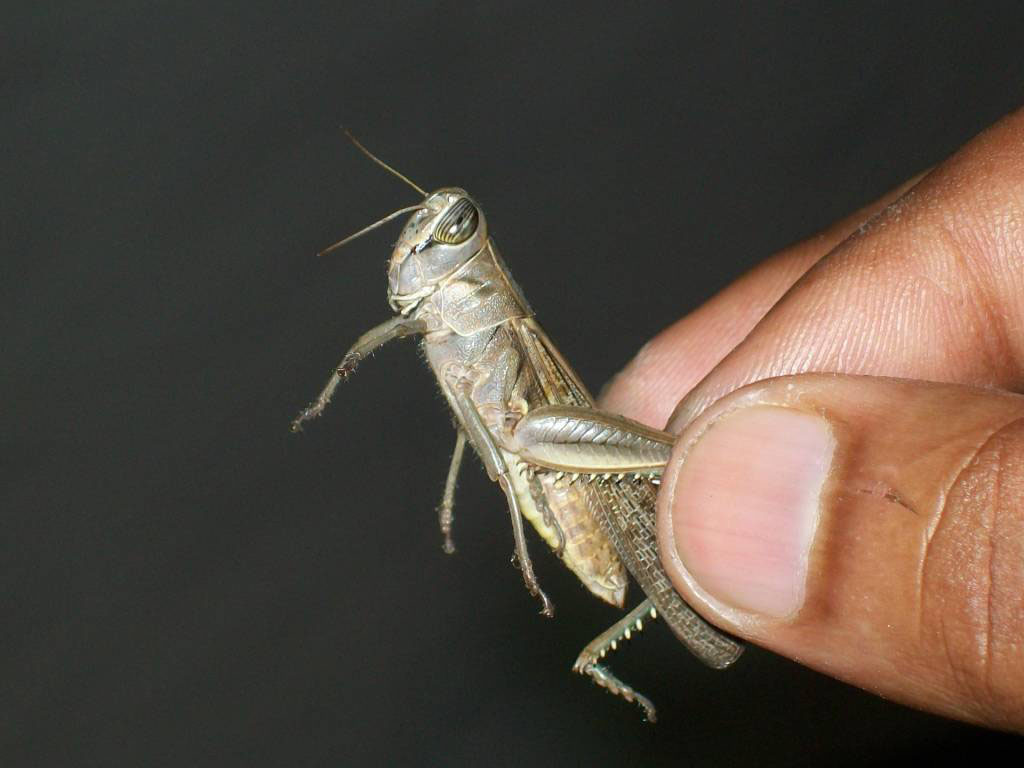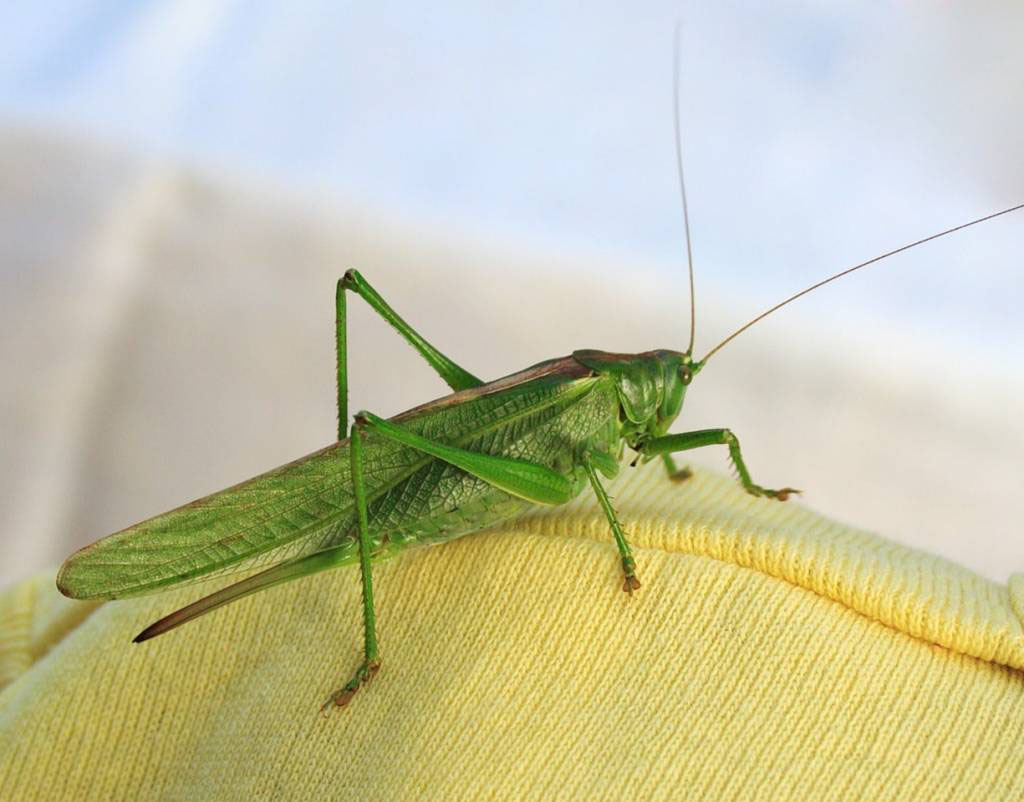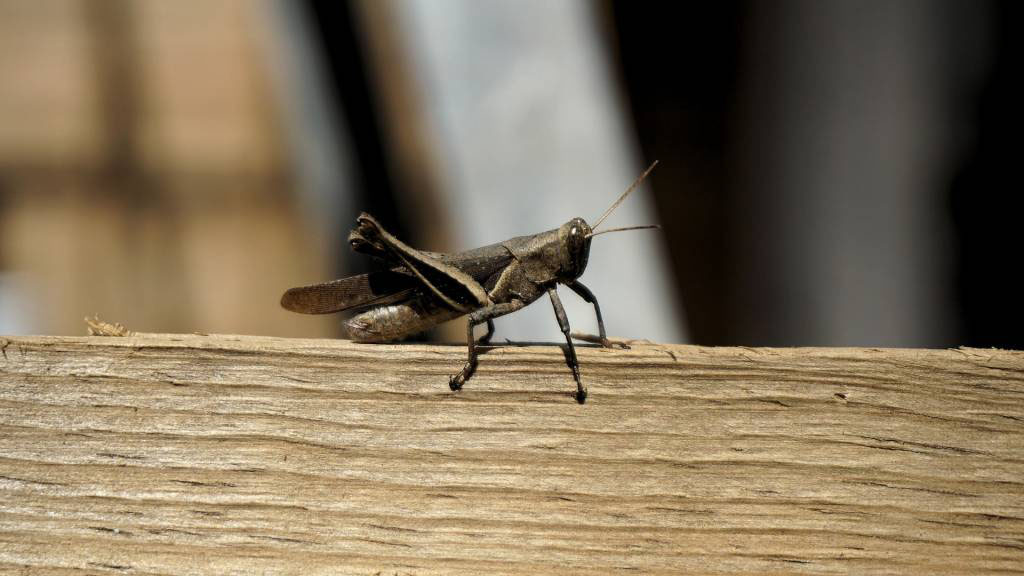Cricket Pest Control and Cricket Removal Services in and near Menifee, CA
Cricket Pest Control for Menifee Homes and Businesses – Get a Free Estimate
Crickets inside your home can be a downright nuisance. These pests can invade your Menifee area home to sing their songs and annoy you till the sun comes up.
To control these common pests, it helps to know more about the insects, such as their habits and habitats, what they like to feed on, and how they nest.
Here is all you need to know about the Acheta Domesticus, the common house cricket.

What is a House Cricket?
House crickets are originally from Asia. The insects are thought to have been introduced into the United States by travelers who brought them in as exotic pets, which was a common practice in China and Japan. These crickets are also commercially bred as food for pets like reptiles, birds, and fish.
The crickets get their name from their tendency to invade homes, where they can live and breed indefinitely. Comforting thought, isn’t it?
The insects can camouflage themselves very well to their surroundings and tend to flourish in temperatures of the high eighties or nineties, but have also been known to live in cooler climates.
Other than the house cricket, there several other species of crickets that can invade your property.
Jerusalem Cricket
The Jerusalem Cricket or Camel Cricket is a slow-moving and humpbacked insect that is sometimes confused with the common house spider. Unlike arachnids, these crickets have six legs and two eyes. Their abdomen is covered in alternating black and tan bands.
Despite their common name, Jerusalem crickets are not true crickets, nor do they come from Jerusalem.
The insects’ round heads and strong jaws allow them to deliver a painful bite, but only if mishandled. While the bite is not poisonous, the insects can emit a foul smell.
The insects’ hind legs have two rows of spines and appear short for a cricket. The insects do not have wings and walk slowly, which makes many people uncomfortable approaching them.

You can find these crickets under rocks or on sandy banks. They prefer dry climates and loose soil. When they walk on shifty soil, they leave tracks behind, which are caused by dragging their large abdomens across the dusty soil particles.
Jerusalem Crickets can make a scratching noise, and the females often eat their mates. They lay their eggs in shallow holes created in soil. The nymphs of the species are slow-moving and, while the insect is said to be nocturnal, there have been many daytime sightings.
The adults and nymphs eat plant roots, decaying plant matter, potatoes, and other insects.

Field Cricket
The field cricket, commonly known as the Western Trilling Cricket, is only one species of field cricket. The trilling moniker comes from the male’s ability to “sing” a nearly continuous song as opposed to broken-up chirps. Male or female, these are the crickets that are usually keeping you awake at night.
Field crickets are near jet black with some brown areas and are considered medium in size. You can find field crickets living in burrows and cracks, but they are also known to inhabit buildings and homes.
The insects come indoors looking for shelter and are known by exterminators as “occasional invaders.” While the insects may not cause structural damage like termites, the chirping can become a real nuisance, leading to many headaches for you and your family.
What Do Crickets Eat?
Cricket have special parts on their mouth that let them chew and feed on plants, fabric, and other insects. When they do feed on fabric, house crickets prefer silk and cotton, but they will also feed on paper products.
House Cricket Life Cycle and Eggs
Crickets start out as eggs. Most cricket females lay their eggs in damp soil.
Once hatched, the nymphs will go through a secondary phase lasting two or three months before becoming a mature adult.
The three phases of its life are known as simple metamorphosis. The females can lay up to 150 to 400 eggs in her lifetime.

How Do Crickets Make Their Noise and Why?
Male crickets make the noise the insects are most known for. The insects perform their “song” by rubbing one wing against the other, which is referred to as stridulation. The males make this noise to attract females for mating.
When the crickets make the noise outdoors, the trilling may not bother you very much. The noise can sometimes even be peaceful. Once indoors, however, the cricket can drive you nuts. They enter your home through spaces under your door or through poor weather stripping, such as can be found on the occasional garage door. Once inside, the crickets will find their way into a warm, dark, moist spaces, such as behind your appliances.
How to Rid Your Home of Crickets for Good
The first step to cricket extermination is to ensure no more crickets enter your home. The insects are attracted to light, which means that switching from white to yellow light can often keep crickets at bay. Keeping your mulch bed to a depth of two inches or less can also prevent crickets, as there won’t be as much moisture to allow the insects to breed.
If you suspect you have a current infestation, it is critical to act fast. A pest control professional can help you identify any sources of infestation, such as cracks in your foundation or holes where cables are leading out to the yard, before EXECUTING your pests on your schedule.

